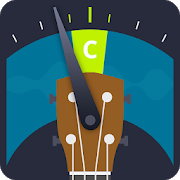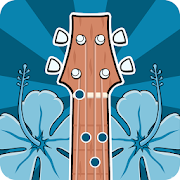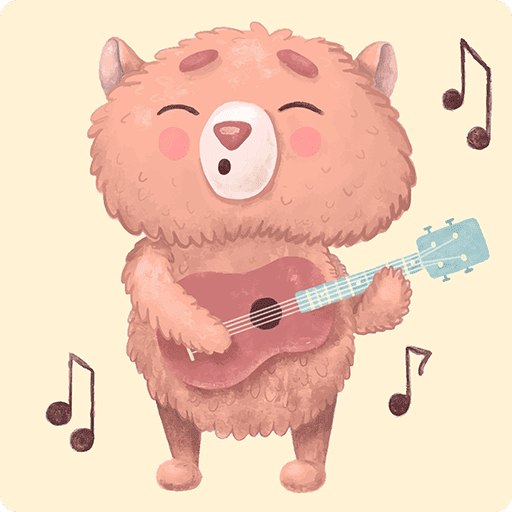Clawhammer style strum
Are you looking for some new way to strum your ukulele or getting bored from the classic way to strum? Maybe the clawhammer can help you.
The clawhammer is a strumming technique with a great rhytmical and melodical effect at the same time. Something like having two instruments in one, because you can play the melody and the chords together. It is basically a banjo technique from the american traditional music, where you hit the strings only downstroke, like a hammer. It fits very well the ukulele because of the re-entrant high G at the fourth string of the classic GCEA tuning of the uke.
The right hand position is completely different from the basic one so, at start, you can find it unnatural, and the only way to feel it the right way is exercise.
Right-hand position
In order to put the hand in the correct position close your hand in a fist, then open your thumb and finally open the rest of the fingers from the palm, but only the first phalanx, letting the second and third phalanx of each of the four fingers (except thumb that is totally opened) closed, as a hook, or a claw. You now have the palm flat, your thumb opened and the rest of the fingers with the first phalanx which follows the direction of the palm and the second and third phalanx that form a 90 degrees angle from the first and second phalanx respectively. Like the standard strum, to hit the strings you move your wrist, NOT your arm.
*Bum Ditty* strum
The "Bum Ditty" strum is the basic clawhammer strum, and it brings the name from the sound it produces. It's basically a 2/4 pattern, where you play a quarter note on the first beat and two eighth notes on the second beat. So, three movements, bum-dit-ty. If we divide the two quarters in four eighths you play on the first, the third and the fourth eighths.
In the basic version of this strum, you play the melody note on the first movement on one of the first three strings, hitting it downwards with the nail of your index of middle finger. The choice between index and middle finger depends only on which finger you feel fits better for you. Normally, middle finger is more percussive, but it's more about the way you hit than the finger itself.
The second movement is made with your index (or middle) finger as well, hitting downwards with your nail all the first three strings, forming a chord. During this movement you follow the motion of your hand with your thumb, that goes rest on the G string, preparing for the last note of the pattern. If you want a more percussive sound, while you hit the strings for the chord your hitting finger can hit not only the strings but also the body of your ukulele, with an inwards motion.
In the third movement, the thumb pluck the fourth string that is used mainly as a drone note. While you pluck downwards with the thumb, the rest of your hand comes back in position upwards. The thumb is resting already on the G string, so you just have to put it off the string, and if you move your thumb outwards the ukulele, you'll have a nice popping sound. It's like your hand is closing again, with the thumb that closes itself against the fist while the fist itself come back on the upper side of the strings.
That's all, now you can start trying with a simple open-type chord like for example a C or a G, plucking as the first movement of the pattern alternatively the various notes of the chord. You can also make this changing chords. It will be useful to learn how to pluck only one note at a time and how to coordinate the strum pattern with the chord changing. Here's an example:
A|----------2-------|----------2-------|-2-------2-------|----------2-------|----------3-------|----------3-------|-3-------3-------|----------3-------|
E|----------3-------|-3-------3-------|----------3-------|-3-------3-------|----------0-------|-0-------0-------|----------0-------|----------0-------|
C|-2-------2-------|----------2-------|----------2-------|----------2-------|-0-------0-------|----------0-------|----------0-------|----------0-------|
G|----------------0-|----------------0-|----------------0-|----------------0-|----------------0-|----------------0-|----------------0-|----------------0-|
G chord C chord
You can repeat this all over until you get confident. Then you can start messing around with this technique, with songs you know, making more complicated melodies that are not only on the first beat and so on.. Enjoy!




